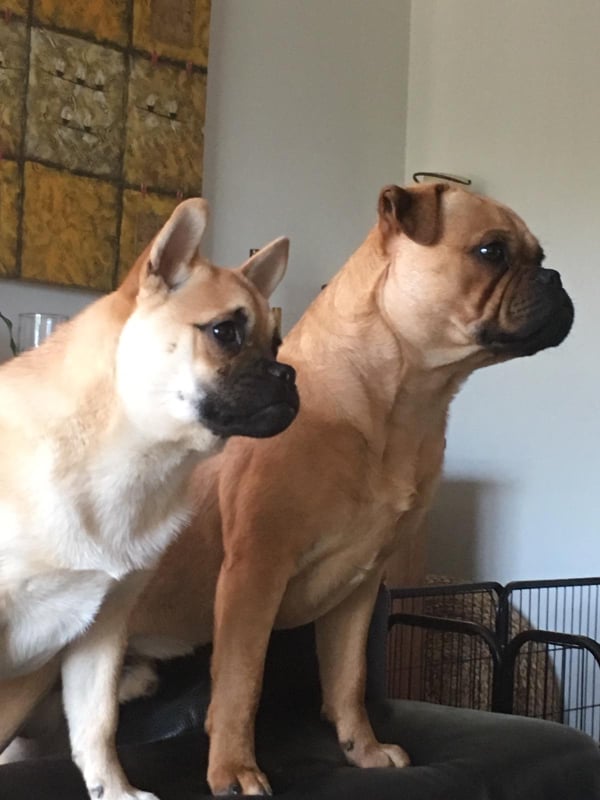© Therese Rodin
In 2014 the legislation regarding breeding with pets in the Netherlands was changed with the aim to improve the health of pets, among them snub nosed dogs. Here is a translation of the law (transl. Sterk, “Breeding with short muzzled dogs”):
Article 3.4
it is forbidden to breed with pets in a way which influences the animal welfare in a negative way for the mature animals as well as the offspring. In addition, the breeder must try to prevent deviations or diseases as much as possible. Exterior characteristics and abnormalities in the behavior that are harmful when they pass on to the next generation should be taken into account as well.
However, it showed that the breeders did not change their way of breeding and also that it was difficult to enforce the law. The law could be interpreted in different ways and it was difficult to show that the breeders did not do what they could to follow the law.
Since the 2014 law did not have any effect, the Faculty of Veterinary Medicine at Utrecht University was given the task to draft regulations that elaborated the law. This they did and the official report was published by the Dutch ministry of agriculture, nature and food quality in January 2019. Translated the report is called “Breeding with short muzzled dogs: Criteria of enforcement of article 3.4. The decision of animal husbandry and breeding with pets”.
In the report it is said that the regulators chose to be practical and approve a transition period. This period is set to be two to three generations in breeding. During that period, the breeders must have reached the minimum goals of the regulations. The populations of breeds with no dogs that match the minimum goals should have compulsory breeding programs and outcrossing is mentioned as a method to reach the goals.
The “traffic light system” that was launched in the report has been very much noticed in the media. This system is developed from the “craniofacial ratio” (CFR) that was presented by Packer et al. as a method to assess the risk of BOAS in dogs. The report’s traffic light system says that the breeders shall have reached the minimum goal of a CFR of 0,33 within two to three generations. After those generations, it will be prohibited to breed with dogs with a muzzle that is shorter than 33% of the length of the skull from the stop to the occipital protuberance. The aim is to reach a CFR of at least 0,5; “in the future, all animals should fulfill the ideal norm” (transl. Sterk, “Breeding with short muzzled dogs”).

However, the muzzle length is only one of several criteria that the regulations put forward as absolute demands. The following deviations are not accepted in puppies born after the transition period of two to three generations (based upon Sterk’s translation, in some details on the original, Dutch version):



There are already outcrosses in the Netherlands because of this law and here are two examples of them, two with Staffordshire Bullterrier as a donor breed, and one with Shiba inu:


Sources
Ministry of Agriculture, Nature and Food Quality. 2019. ”Fokken met kortsnuitige honden: Criteria ter handhaving van art. 3.4. Besluit Houders van dieren Fokken met Gezelschapsdieren”
Sterk, Rutger. 2019. “Breeding with short muzzled dogs”. Summarized translation of “Fokken met kortsnuitige honden”.

